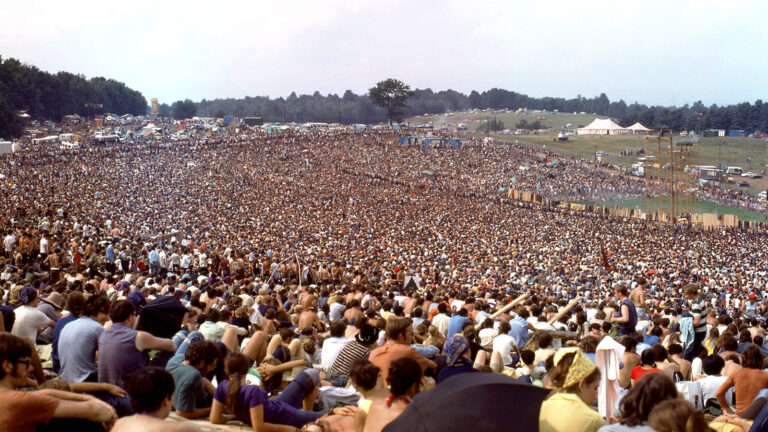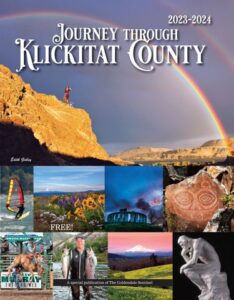Welcome to a nostalgic journey back to the legendary Woodstock Festival of 1969, where music, peace, and love converged in a historic event that defined an era. In this blog, we will delve into the iconic Woodstock Festival 1969 lineup, featuring a stellar roster of artists who left an indelible mark on music history. From Jimi Hendrix’s electrifying performance to Janis Joplin’s soulful voice and The Who’s explosive set, the lineup was a perfect reflection of the cultural revolution of the time. Join us as we revisit this monumental event and explore the musical tapestry that helped shape a generation.
Introduction to Woodstock Festival 1969
The Woodstock Festival of 1969, often referred to simply as Woodstock, was a monumental music event that defined a generation. Held in Bethel, New York, from August 15 to 18, 1969, it attracted an audience of over 400,000 people. Woodstock became synonymous with the counterculture movement of the 1960s and is remembered for its celebration of peace, love, and music in the midst of a turbulent era.
Historical Context
The late 1960s were a time of significant social and political upheaval in the United States, marked by civil rights movements, anti-war protests, and a growing youth counterculture. Woodstock emerged as a response to this era of unrest, offering a space where individuals could come together to enjoy music and camaraderie.
The festival was initially planned to accommodate around 50,000 attendees but far exceeded expectations, leading to logistical challenges and traffic gridlocks. Despite these obstacles, Woodstock embodied the spirit of unity and harmony that characterized the era.
Iconic Performances
The Woodstock Festival 1969 lineup featured legendary artists such as Jimi Hendrix, Janis Joplin, The Who, Santana, and many more. These musicians delivered electrifying performances that have since become iconic in music history.
One of the defining moments of the festival was Jimi Hendrix’s rendition of the “Star-Spangled Banner,” which captured the essence of the turbulent times and cemented his status as a guitar virtuoso.

Historical Background of the Event
The Woodstock Festival of 1969, also known as Woodstock Music & Art Fair, was a watershed moment in the history of music and cultural festivals. Held on a dairy farm in Bethel, New York, from August 15 to 18, 1969, the event drew an estimated 400,000 attendees and became synonymous with the counterculture movement of the 1960s.
Origins of Woodstock
The idea for Woodstock emerged from the desire to create a music festival that would promote peace and unity in a time of social and political upheaval. The organizers, including Joel Rosenman, John Roberts, Artie Kornfeld, and Mike Lang, envisioned an event that would transcend traditional boundaries and celebrate the spirit of the era.
The Woodstock Festival 1969 lineup featured some of the biggest names in the music industry, including Jimi Hendrix, Janis Joplin, The Who, Santana, and many more.
Impact and Legacy
Woodstock is often hailed as a defining moment for the hippie movement and the broader cultural shift of the 1960s. The festival symbolized the power of music to bring people together and promote messages of love, peace, and social change.
- The festival site has since become a pilgrimage destination for music lovers and cultural enthusiasts.
- Woodstock’s influence can be seen in the countless music festivals that followed, each seeking to capture the spirit of unity and freedom that defined the original event.
Key Performers in the Woodstock Festival 1969 Lineup
The Woodstock Festival 1969 lineup featured an incredible array of iconic musicians that defined a generation. Among the key performers were:
Jimi Hendrix
Jimi Hendrix’s legendary performance at Woodstock in 1969 is often considered one of the greatest in rock history. His mesmerizing guitar solos and unique sound captivated the audience with a mix of blues, rock, and psychedelic influences.
Janis Joplin
Janis Joplin’s raw and powerful vocals brought soulful energy to the stage, leaving a lasting impression on all who witnessed her performance. Her rendition of “Piece of My Heart” is still celebrated today.
The Who
The Who’s high-energy set at Woodstock showcased their explosive mix of rock and roll. Songs like “Pinball Wizard” and “My Generation” resonated with the crowd, solidifying their place in music history.
Crosby, Stills, Nash & Young
The harmonious sounds of Crosby, Stills, Nash & Young created a sense of unity and peace during their performance. Their set featured iconic songs like “Wooden Ships” and “Suite: Judy Blue Eyes”.
Impact and Legacy of Woodstock Festival
The Woodstock Festival of 1969, often referred to as the epitome of the 1960s countercultural movement, left a lasting impact on both music and cultural history. With an estimated 400,000 attendees, the festival became a symbol of peace, love, and unity.
Countercultural Movement
Woodstock Festival embodied the spirit of the counterculture, advocating for anti-war sentiments and promoting social change. Artists like Jimi Hendrix and Janis Joplin used their music to voice protest against the Vietnam War, resonating with the festival’s ethos.
Musical Revolution
The lineup of Woodstock 1969 featured legendary acts like The Who, Santana, and Creedence Clearwater Revival, setting the stage for a new era in music. The festival showcased a diverse range of genres, from rock to folk, influencing the direction of popular music for years to come.
Significance of Music Festivals in Culture
Music festivals hold a special place in culture, transcending mere entertainment to become cultural phenomena that shape society. The iconic Woodstock Festival of 1969 lineup is a testament to the transformative power of music events, leaving a lasting imprint on generations to come.
Community Gathering and Shared Experience
One of the key aspects of music festivals is their ability to bring people together from diverse backgrounds, fostering a sense of community and unity. Attendees share a common love for music, creating a bond that transcends social barriers.
Music festivals like Woodstock 1969 provide a platform for people to connect, forge friendships, and celebrate the universal language of music throughout the years.
Cultural Expression and Artistic Showcase
Music festivals serve as a showcase for both established and emerging artists, giving them a platform to express themselves and reach a wider audience. The Woodstock 1969 lineup featured legendary performers, setting a standard for artistic expression and musical excellence.
- Artists’ performances captivated the audience
- The festival ignited a cultural revolution
- Musical diversity inspired future generations
Frequently Asked Questions
-
- What was the Woodstock Festival 1969?
- The Woodstock Festival 1969 was a historic music festival that took place in Bethel, New York from August 15 to 18, 1969. It is widely regarded as a pivotal moment in music history and a symbol of the counterculture movement of the 1960s.
-
- Who were some of the iconic artists in the Woodstock Festival 1969 lineup?
- The Woodstock Festival 1969 lineup included legendary artists such as Jimi Hendrix, Janis Joplin, The Who, Santana, Grateful Dead, Creedence Clearwater Revival, and many more iconic performers.
-
- What made the Woodstock Festival 1969 lineup so special?
- The Woodstock Festival 1969 lineup was special because it brought together some of the most influential and iconic artists of the time, creating a unique and unforgettable experience for the hundreds of thousands of attendees.
-
- How did the Woodstock Festival 1969 influence music and culture?
- The Woodstock Festival 1969 had a profound influence on music and culture, signaling a shift in the cultural landscape and serving as a symbol of the peace and love movement of the 1960s.
-
- Are there any documentaries or films about the Woodstock Festival 1969?
- Yes, there are several documentaries and films that capture the essence and significance of the Woodstock Festival 1969, providing viewers with a glimpse into this iconic event in music history.
In Summation: Reflecting on the Legendary Woodstock Festival 1969 Lineup
As we conclude our journey through the iconic Woodstock Festival 1969 lineup, one thing remains clear – the power of music to unite, inspire, and transcend generations. This historic event showcased a diverse range of artists from folk to rock, leaving an indelible mark on the cultural landscape. The lineup, featuring legends like Jimi Hendrix, Janis Joplin, The Who, and many more, exemplified the spirit of the 1960s and continues to resonate with music enthusiasts worldwide. From electrifying performances to messages of peace and love, Woodstock remains a symbol of counterculture and a beacon of hope for a better world. Let us cherish these timeless musical treasures and carry forward the legacy of Woodstock for generations to come.




